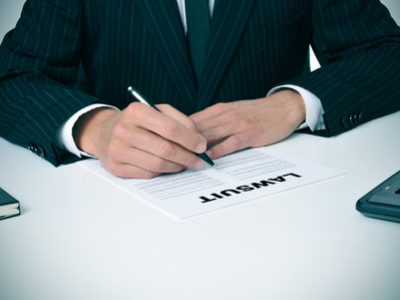

Preventing Figure Skating Injuries
Figure skating is a challenging but enjoyable sport for many children and adolescents but the element of competition adds to the risk for figure skating injuries. In 1999, figures were eliminated from competition and a new figure skating judging system – put in place in 2003 – emphasizes advanced techniques such as lifts and throws, spinning, jumping and connecting moves. As a result, it is more important than ever for children to be taught by responsible and experienced coaches who will insist on sound technique and other smart practices, proper equipment and reasonable training schedules.
If your child has suffered a debilitating figure skating injury due to over-training or improper technique, you may be able to recover damages through a personal injury case. Contact an experienced personal injury attorney as soon as possible; you will only pay a percentage of the settlement.
Common figure skating injuries
The two types of injuries sustained by figure skaters are overuse and traumatic injuries. Overuse injuries represent about half of figure skating injuries and they are preventable.
Common types of overuse figure skating injuries:
- Tendonitis
- Shin splints
- Medial tibial stress syndrome
- Stress fractures
- Jumpers knee
- Patellofemoral syndrome
- Strained hip muscle
- Apophystitis to the knee or hip
- Burstitis in the ankle
- Lace bite
Common types of traumatic figure skating injuries:
- Sprained or fractures ankles
- Torn ACL or Meniscus
- Lacerations
- Dislocated patella or shoulder
- Traumatic brain injuries including concussion
- Labral tears of the hip
What are the causes of figure skating injuries?
When figure skaters fall on the ice, the landing creates deceleration forces measuring up to 100 Gs in adolescent skaters. This force carries through the skater’s lower body and axial skeleton and is responsible for a wide range of skating injuries.
The factors that can encourage skating accidents are:
- Poor technique
- Over-training
- Stiff skates
- Poorly placed blades
- Over-sharpened blades
Preventing figure skating injuries
The main causes of figure skating injuries are over-training and poor technique; both the responsibility of the coach. Coaches can reduce their skaters’ exposure to crashes by limiting the repetition of jumps in a training session. It is especially important to limit the repetition of jumps that a skater has not yet mastered because of the high chance of an accident. Coaches should make use of off-ice training for new jumps utilizing a harness and careful coaching to perfect form before moving to on-ice repetitions.
Other ways to prevent figure skating injuries:
- Make sure that each skater’s boots fit properly; that they are broken in and that the blades are properly adjusted and sharpened.
- Check ice for chips or gouges that could trip skaters
- Ensure that skaters warm up before stepping onto the ice
- Part of training should include off-ice time to work on core strength and fitness
- Talk to your skaters about eating a balanced diet that will give them the energy to train
- Be mindful of growth spurts and avoid teaching new jumps during this time
- If a skater tells you they are in pain, stop training, rest and/or seek medical care
- Communicate with parents and skaters about the risks of overtraining and the connection to figure skating injuries
If you or a loved one is dealing with an accident or injury through no fault of your own, you have enough on your plate. Let an experienced accident attorney fight for the full compensation that you deserve. It is not uncommon to receive a settlement from the insurance company that is five to ten times bigger with the help of a lawyer. Call the caring accident attorneys at Tario & Associates, P.S. in Bellingham, WA today for a FREE consultation! We have been representing residents of Whatcom County, Skagit County, Island County and Snohomish County since 1979. You will pay nothing up front and no attorney fees at all unless we recover damages for you!




